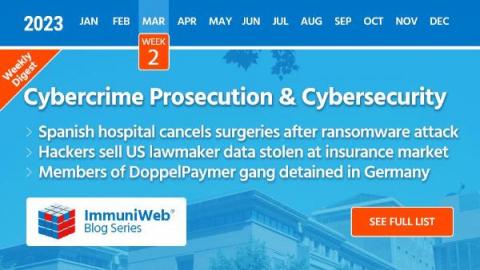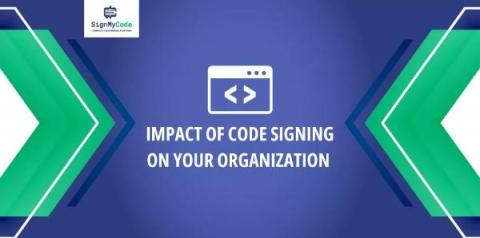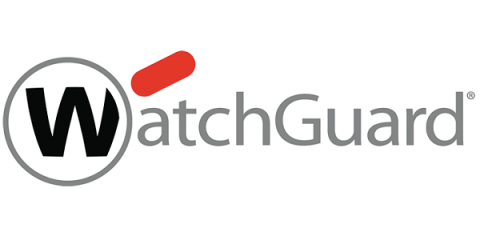Security | Threat Detection | Cyberattacks | DevSecOps | Compliance
Latest News
The Hospital Clinic de Barcelona Forced to Cancel Hundreds of Surgeries and 3,000 Patient Checkups Due to a Ransomware Attack
Read also: Indian crypto exchange BitBNS hid a $7.5M breach, hackers are selling US lawmaker data, and more.
The Impact of Code Signing on Your Organization
When it comes to releasing software, many organizations take software signing lightly. But they don’t know that not signing a software or not using a Code Signing Certificate can have an adverse impact on the organization. A non-signed application is not only a risk for end-users, but also for the software publisher. And when you sign a software, it offers multiple benefits that positively impact the organizational goals. To understand it more thoroughly, let’s move further.
Behavioral Analytics Explained: How Analyzing (Odd) Behavior Supports Cybersecurity
Five key takeaways from Outpost24's Cyber Resilience Day
True to its theme ‘Cyber Resilience’, our recent cyber security gathering was able to dissect the fast-moving threat landscape with insights and information nuggets from a panel of security experts and practitioners on the shortcomings and the need for better use of threat intelligence. Here are five takeaways from the Cyber Resilience Day in Breda co-hosted with our customer CM.com and a panel of cybersecurity experts.
Modern SOCs and MDR services: Modern SOC Key Functions
At a high level, the SOC's core mission remains to help the enterprise manage cyber risk, but what has changed is the sophistication of cyber threats and the mechanics of the SOC to operate. To successfully protect and respond to threats, SOCs need deep visibility into organization activity and automate key but repetitive functions while freeing analysts to focus on more valuable functions such as threat hunting and vulnerability management.
19 Cybersecurity Trends Every CISO Must Prepare for in 2023
OneNote Spear-Phishing Campaign
Trustwave SpiderLabs “noted” in Part 1 and Part 2 of our OneNote research that OneNote has been used as a malware delivery mechanism now we will shift gears and focus on several OneNote decoy notes SpiderLabs has discovered that deliver malware families like Qakbot, XWorm, Icedid, and AsyncRAT. While the malware payload can change, the techniques have generally been the same.
How to Mature Your Threat Intelligence Program
With so many threat intelligence solutions on the market today, it raises the question: What is threat intelligence and why do you need it? I won’t go into detail about what threat intelligence is; you can read about that here. Instead, I want to focus on the threat intelligence maturity journey — specifically, how advanced your organization is with respect to threat intelligence adoption and which CrowdStrike solution may be right for you.
CISO playbook: 3 things to consider when establishing a security culture
Establishing a thriving security culture across your organization will rely heavily on your developer teams. Therefore, engaging with developers early and often while you build your security program is vital. In this playbook for Chief Information Security Officers (CISOs), we explore how to build a security culture across your organization by considering the following three things.











